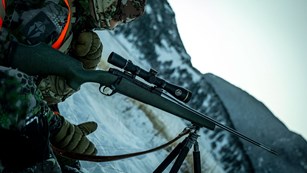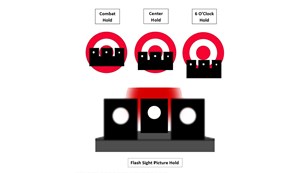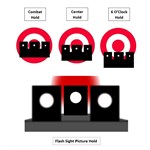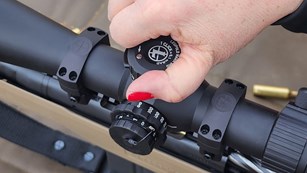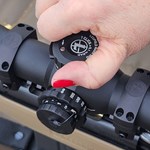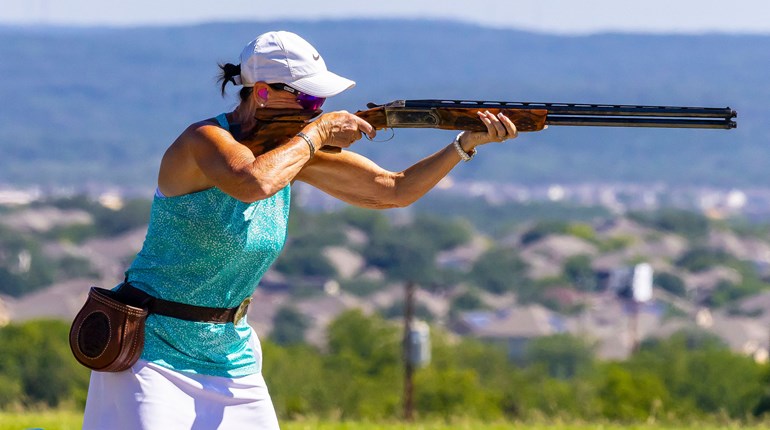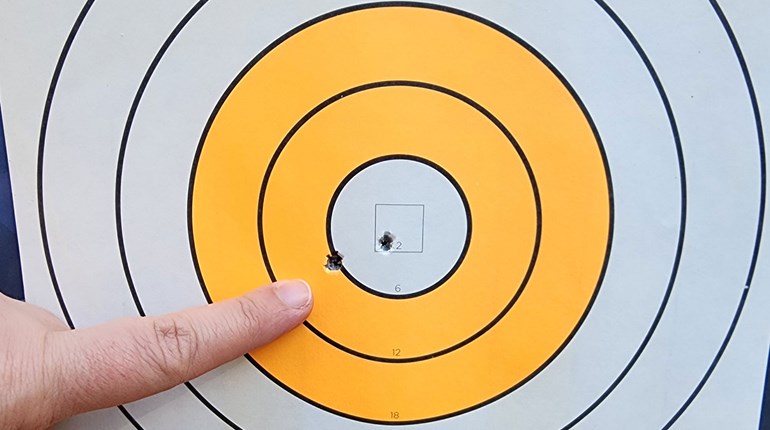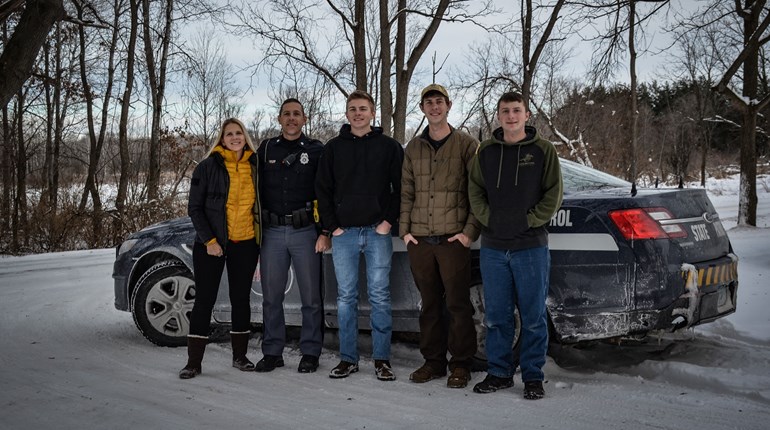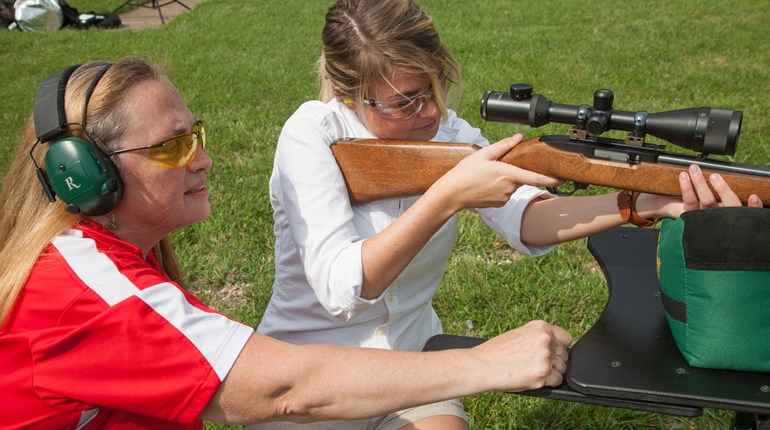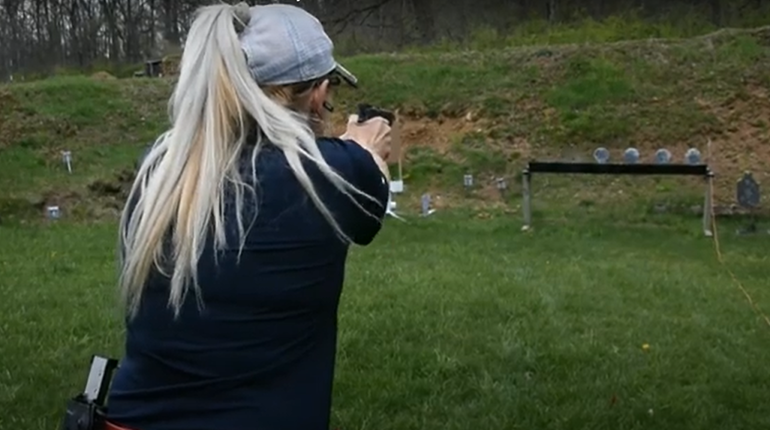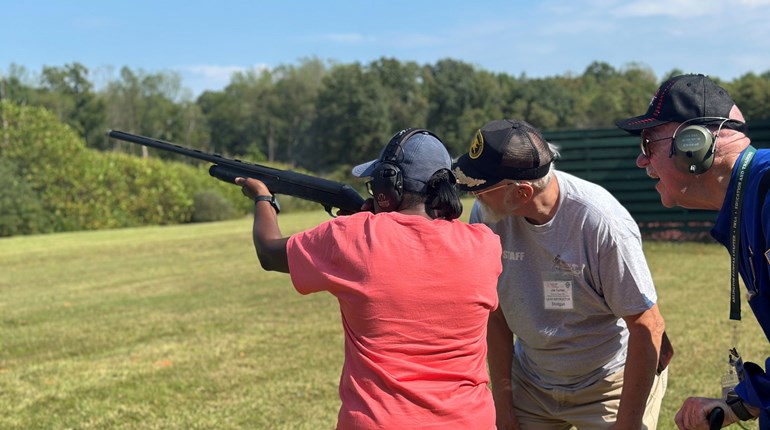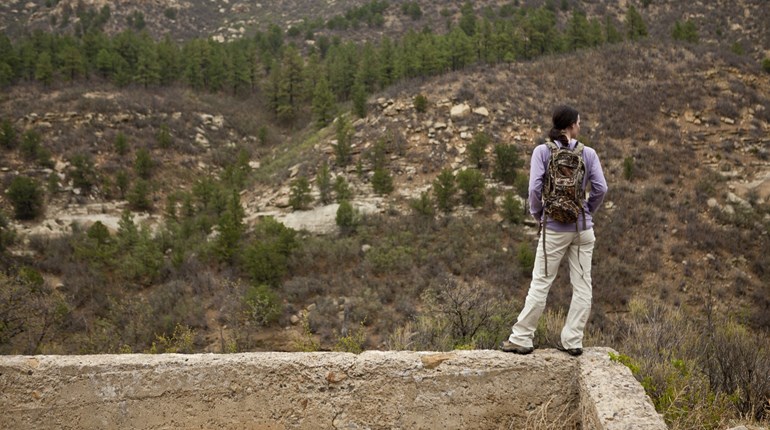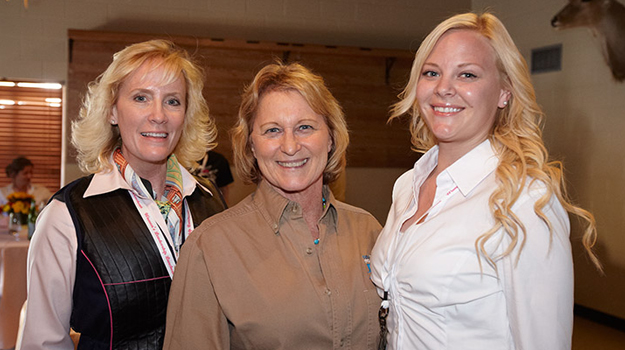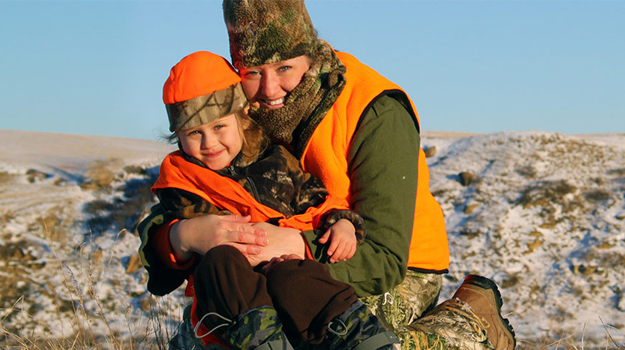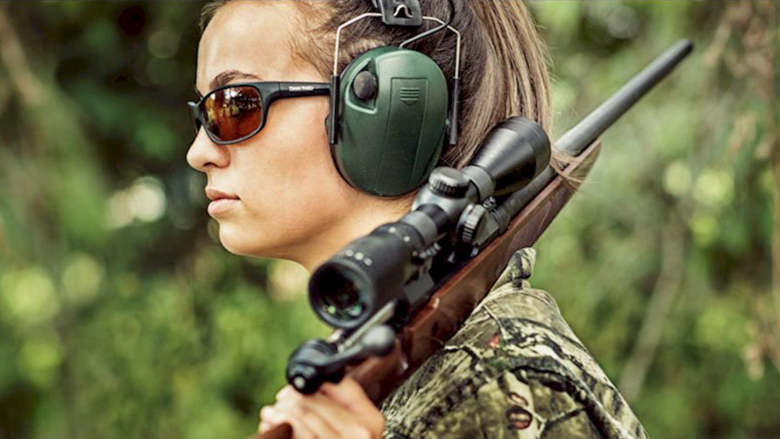
Understanding how crime tends to develop can help us be better prepared to avoid it, spot it before it starts, and escape it. And while crime has multiple elements and multiple motivations, violent personal crime tends to follow a pretty consistent set of steps. You might not see them happening, but you can still avoid them if you know what a criminal is doing—even sight unseen.
Self-defense trainer and martial artist Nick Hughes writes about these steps in his book, How to Be Your Own Bodyguard, identifying them with the simple acronym SIVA. It stands for Selection, Isolation, Verbal and Assault/Attack. Let’s look at each step.
Selection
A bad guy needs a victim, and he’ll select one based on his wants and needs. “A rapist, for example, may like petite blond girls, a mugger may look for well-heeled, out-of-shape businessmen, whereas a conman might look for the elderly,” Hughes writes. You don’t have a lot of control over those preferences, but there are things you can do to not look like easy prey. You do this by lowering your profile—an excellent example of this is when you’re on vacation, make an effort to blend in with the locals rather than standing out like a sore thumb. Tourists are easy pickings for pickpockets, muggers and con artists. You can also take some simple safety measures to protect yourself from being selected merely by convenience—things you’re already doing, like going out in groups rather than alone and locking your doors.
The other way to not get selected is to give off a vibe that you’re aware of what’s around you and you’re not going to be easy to assault. Simply paying attention to your surroundings goes a long way here.
Isolation
Just like a lion selects one impala and then separates it from the herd, criminals often seek to isolate a victim to make it easier to carry out an assault. This is more easily accomplished in places where we tend to isolate ourselves—mostly-deserted parking lots, for example. This is why we talk about transition zones and want you to be careful anytime you’re in a sparsely populated area where people are focused on moving from one spot to another.
Victim isolation can also be a long-term psychological game, as in the case of abusive domestic partners and conmen who slowly absorb more and more of their victim’s attention and separate them from friends, family and anyone who could talk some sense into them.
There are some exceptions to this step, too. For example, pickpockets don’t want isolated victims; they rely on crowds to disguise their movements.
Verbal
This is the criminal interview we write so much about. The interview doesn’t always come in the form of a conversation. Sometimes he’ll simply make a lewd comment or run at you screaming just to gauge your reaction. He’s checking to see if you get easily flustered or if you seem like you’re prepared to mount a response (will you fight, flight or freeze?), and he’s trying to distract you so he can get within attack range. Be aware that he might be loud or use foul language to try to shock you into freezing.
Despite the name “verbal,” sometimes this step involves no words at all. He might “accidentally” bump into you to see how you react, or he might use a ploy like rear-ending your car to see if you’ll pull over on an isolated road. Or, if a criminal has enough isolation and he thinks he can get away with it, he might skip the interview altogether and go straight to attack.
What happens in the verbal step will usually determine whether the criminal abandons his plan or moves ahead to the final step. This is your last chance for de-escalation if you feel it’s appropriate, or if it’s going poorly, this is the time to draw your firearm.
Assault/Attack
Hopefully, you’ve recognized the previous steps while they were happening and have managed to get yourself out of trouble by now, but if you haven’t, this is where it hits the fan—he has decided you seem like an easy victim and he’s got enough isolation to pull off whatever crime he’s got in mind. The attack might come nearly simultaneously with the verbal step—sometimes the “interview” is just a fast, distracting remark while he’s already moving in for the assault.
Note that sometimes the attack comes “out of nowhere,” especially if he hasn’t given you an interview. This might be an ambush, but it might also be that there were warning signs you just missed. You can be sure that the selection and isolation steps did take place, and you failed to navigate them safely even if you didn’t realize it. That’s why we put so much emphasis on avoidance and spotting trouble while it’s still brewing—because if you can project a “I’m not a victim” vibe, stay alert when you’re in isolated places and situations, and learn how to recognize (and fail) a criminal interview, you’ll be able to short-circuit a criminal’s SIVA plan before he has a chance to get to the final assault/attack step.
—Jo Deering
